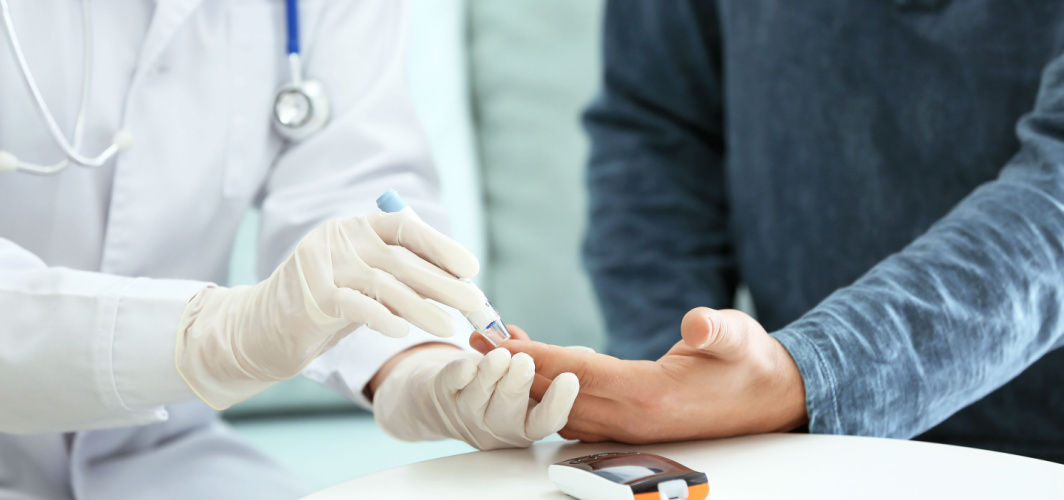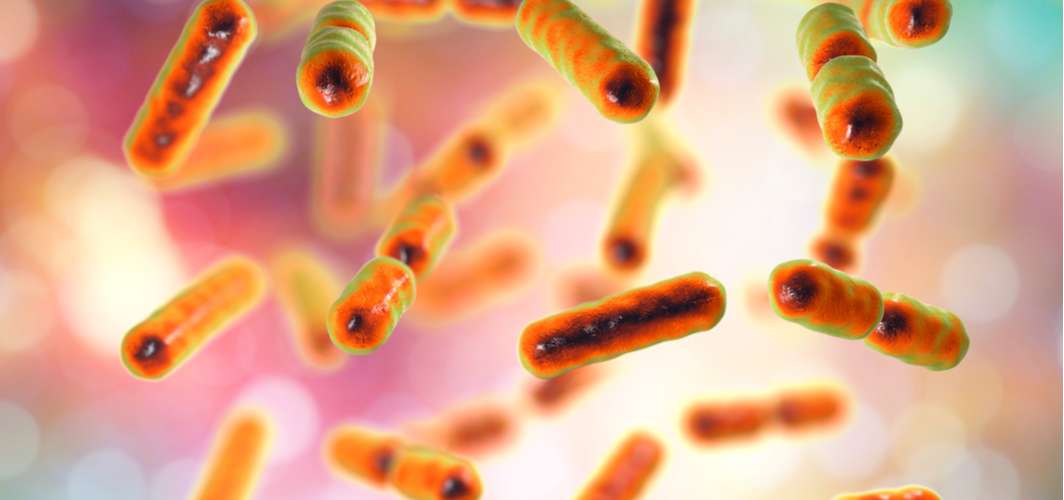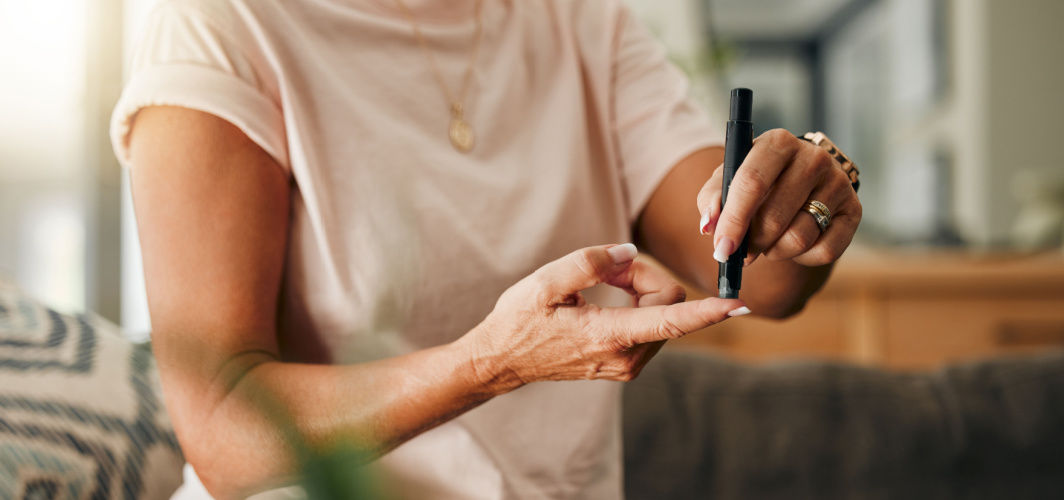Diabetes Management
What Causes Polydipsia in Diabetes?
2 min read
By Apollo 24|7, Published on - 22 December 2023
Share this article
0
0 like

Polydipsia, or excessive thirst, is a common symptom associated with diabetes, particularly in diabetes mellitus. The underlying causes of polydipsia in diabetes are due to the body's attempts to compensate for imbalances related to glucose metabolism.
Glucose Dysregulation in Diabetes
In diabetes mellitus, the body faces challenges in regulating blood glucose levels due to either insufficient insulin production (Type 1 diabetes) or the body's resistance to insulin (Type 2 diabetes). Insulin is crucial for facilitating the entry of glucose into cells, where it is used for energy.
Hyperglycemia and Osmotic Diuresis
Polydipsia arises as a result of hyperglycemia, where the high concentration of glucose in the blood triggers a series of compensatory mechanisms. The body attempts to dilute the excess glucose by drawing water from cells, tissues, and the bloodstream into the urine. This process, known as osmotic diuresis, leads to increased urine production (polyuria).
Dehydration and Thirst Response
As the body loses significant amounts of fluid through urine, dehydration sets in. The brain responds to this dehydration by signaling an increased sensation of thirst. Polydipsia is, therefore, a physiological response aimed at replenishing the lost fluids and restoring the body's water balance.
The Cycle of Polydipsia and Polyuria
The cycle of polydipsia and polyuria becomes a hallmark feature of uncontrolled diabetes. Individuals with diabetes may find themselves drinking large quantities of water to alleviate the persistent thirst, but the excessive fluid intake does little to resolve the underlying issue. This continuous cycle can contribute to feelings of fatigue, weakness, and, if left untreated, may lead to more severe complications.
Managing Polydipsia in Diabetes
Effectively managing polydipsia involves addressing the root cause—elevated blood glucose levels. This typically includes lifestyle modifications, such as adopting a healthy diet, engaging in regular physical activity, and, in some cases, medication or insulin therapy. Monitoring blood glucose levels and adhering to prescribed treatment plans are essential components of diabetes management to prevent and alleviate symptoms like polydipsia.
Conclusion
In conclusion, polydipsia in diabetes mellitus is a consequence of the body's attempt to cope with elevated blood glucose levels through increased urine production and subsequent dehydration. Understanding the relationship between polydipsia and diabetes is crucial for early detection, intervention, and effective management of this symptom to improve overall health and quality of life for individuals with diabetes.
You can also try the Apollo 24|7 Diabetes Self-Management Tool to log your sugar values, track patterns, know all about food nutrition and more.
Diabetes Management
Consult Top Diabetologists
View AllLeave Comment
Recommended for you

Diabetes Management
How Stress Influences Blood Sugar Levels: Crucial Insights
Stress can influence blood sugar levels, especially in individuals with diabetes. The body's response to stress involves releasing hormones that can disrupt insulin function, leading to higher blood sugar. Regular exercise, healthy eating habits, sufficient sleep, and stress management techniques are crucial for maintaining balanced blood sugar levels and managing diabetes effectively.

Diabetes Management
How Type 2 Diabetes May Be Linked to an Unhealthy Gut?
A recent study found that Lactobacillus, a microbe containing numerous bacterial strains and found in probiotics and fermented foods like pickled vegetables and fortified dairy products, can improve metabolism and reduce the risk of diabetes. Another study revealed that individuals consuming a high-fibre diet possess higher levels of indolepropionic acid in their blood. This anti-inflammatory agent, produced by gut bacteria, helps lower the risk of developing type 2 diabetes in the future.

Diabetes Management
How to Manage Diabetes as You Age?
Contrary to common belief, diabetes doesn't inevitably worsen with age. Successful management hinges on proactive lifestyle choices, medication adherence, and regular monitoring. Factors like diet, exercise, and overall health significantly influence the course of diabetes. Embracing a holistic approach, including adapted exercise and regular health check-ups, allows individuals to age healthily with diabetes, debunking myths and promoting a fulfilling life.
Subscribe
Sign up for our free Health Library Daily Newsletter
Get doctor-approved health tips, news, and more.
Visual Stories

8 Fruits That are Incredibly Healthy for Diabetes
Tap to continue exploring
Recommended for you

Diabetes Management
How Stress Influences Blood Sugar Levels: Crucial Insights
Stress can influence blood sugar levels, especially in individuals with diabetes. The body's response to stress involves releasing hormones that can disrupt insulin function, leading to higher blood sugar. Regular exercise, healthy eating habits, sufficient sleep, and stress management techniques are crucial for maintaining balanced blood sugar levels and managing diabetes effectively.

Diabetes Management
How Type 2 Diabetes May Be Linked to an Unhealthy Gut?
A recent study found that Lactobacillus, a microbe containing numerous bacterial strains and found in probiotics and fermented foods like pickled vegetables and fortified dairy products, can improve metabolism and reduce the risk of diabetes. Another study revealed that individuals consuming a high-fibre diet possess higher levels of indolepropionic acid in their blood. This anti-inflammatory agent, produced by gut bacteria, helps lower the risk of developing type 2 diabetes in the future.

Diabetes Management
How to Manage Diabetes as You Age?
Contrary to common belief, diabetes doesn't inevitably worsen with age. Successful management hinges on proactive lifestyle choices, medication adherence, and regular monitoring. Factors like diet, exercise, and overall health significantly influence the course of diabetes. Embracing a holistic approach, including adapted exercise and regular health check-ups, allows individuals to age healthily with diabetes, debunking myths and promoting a fulfilling life.

